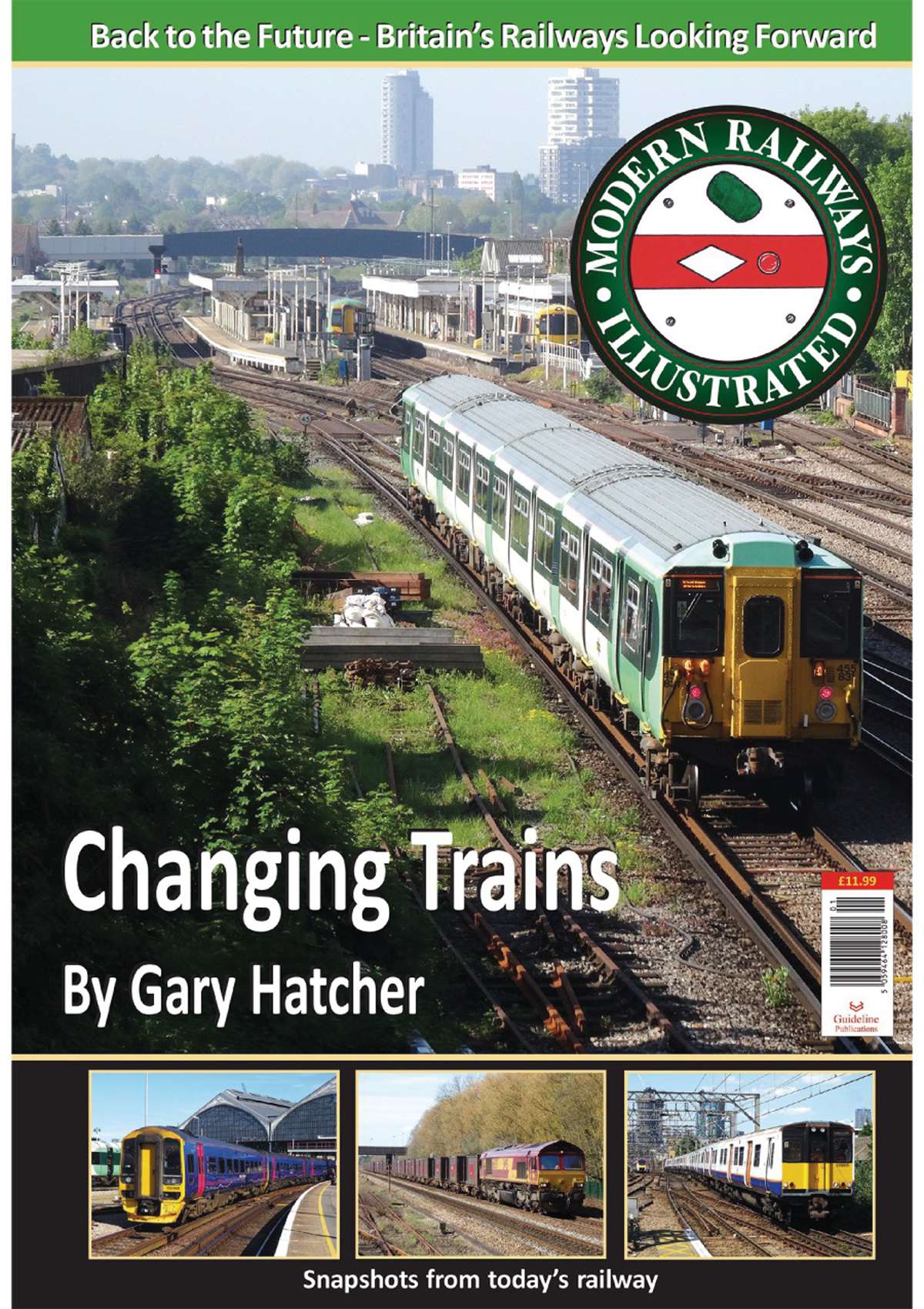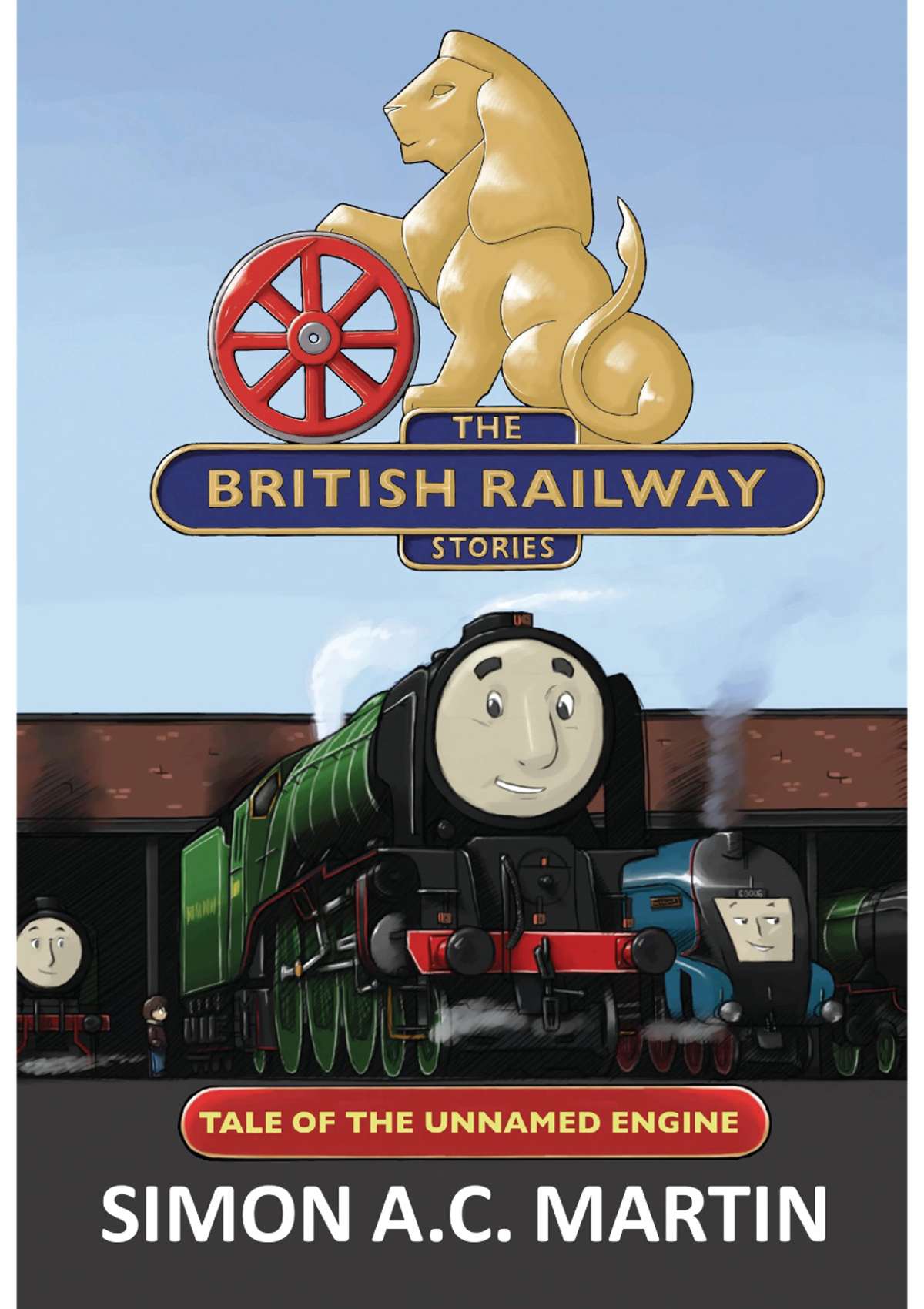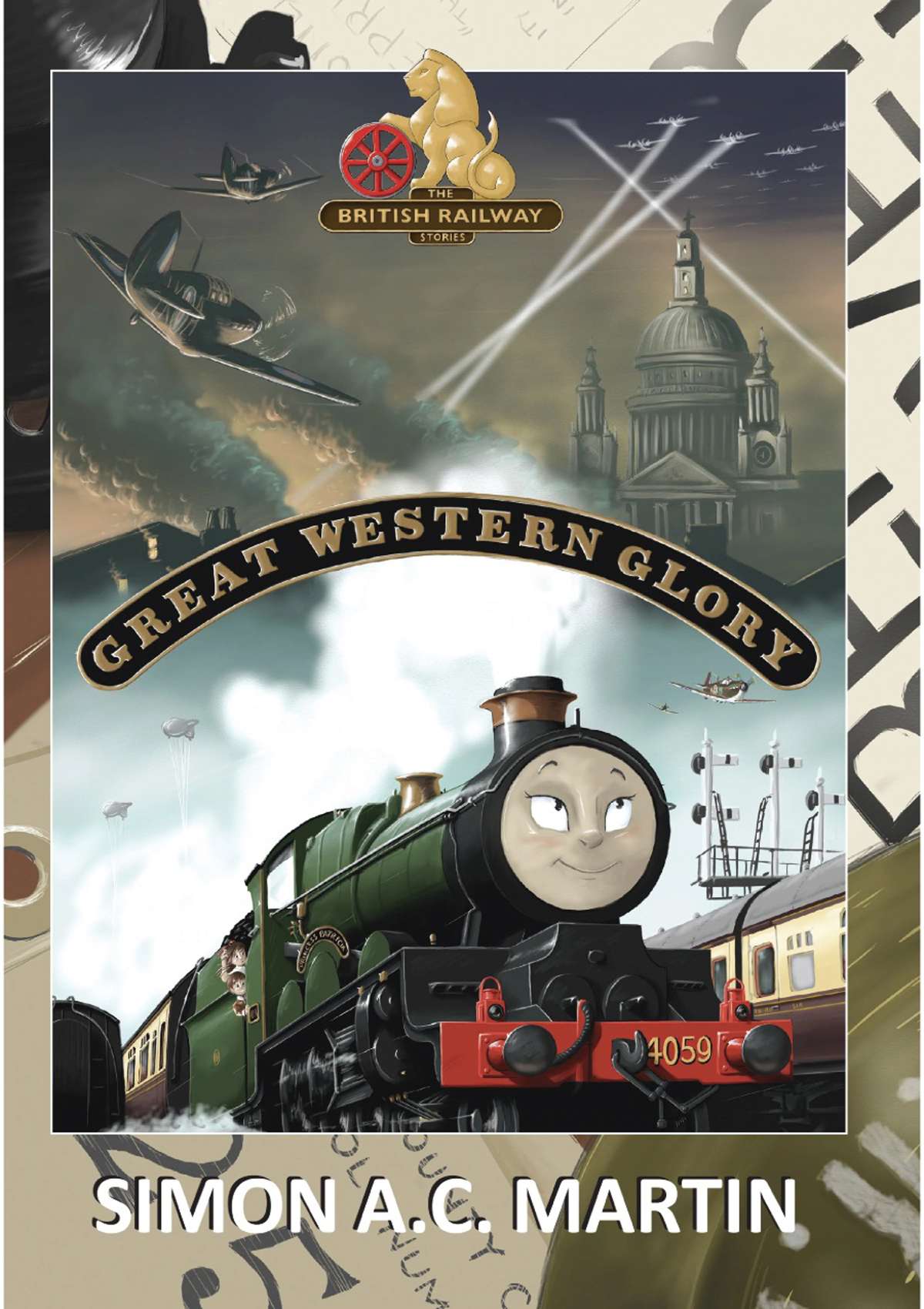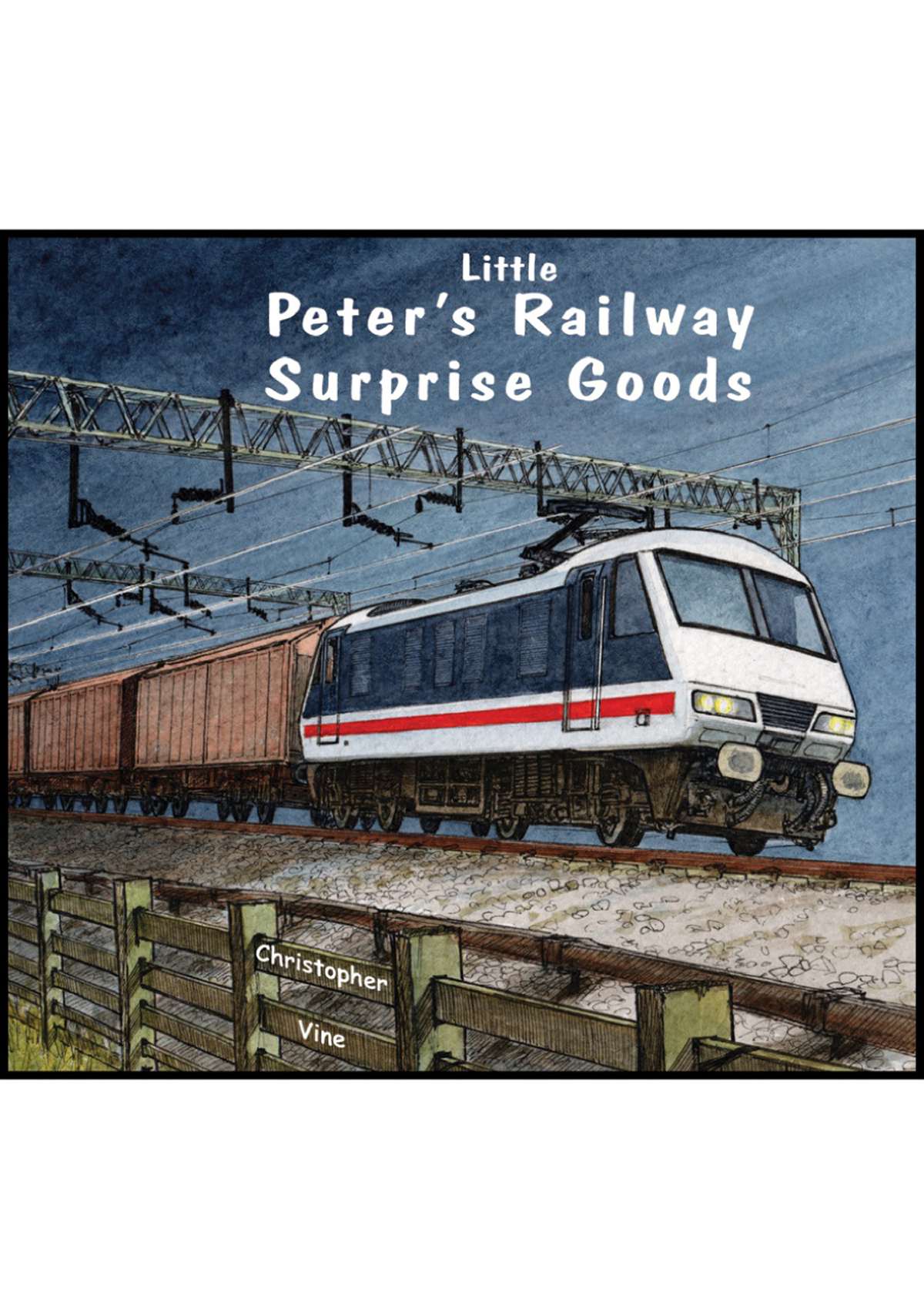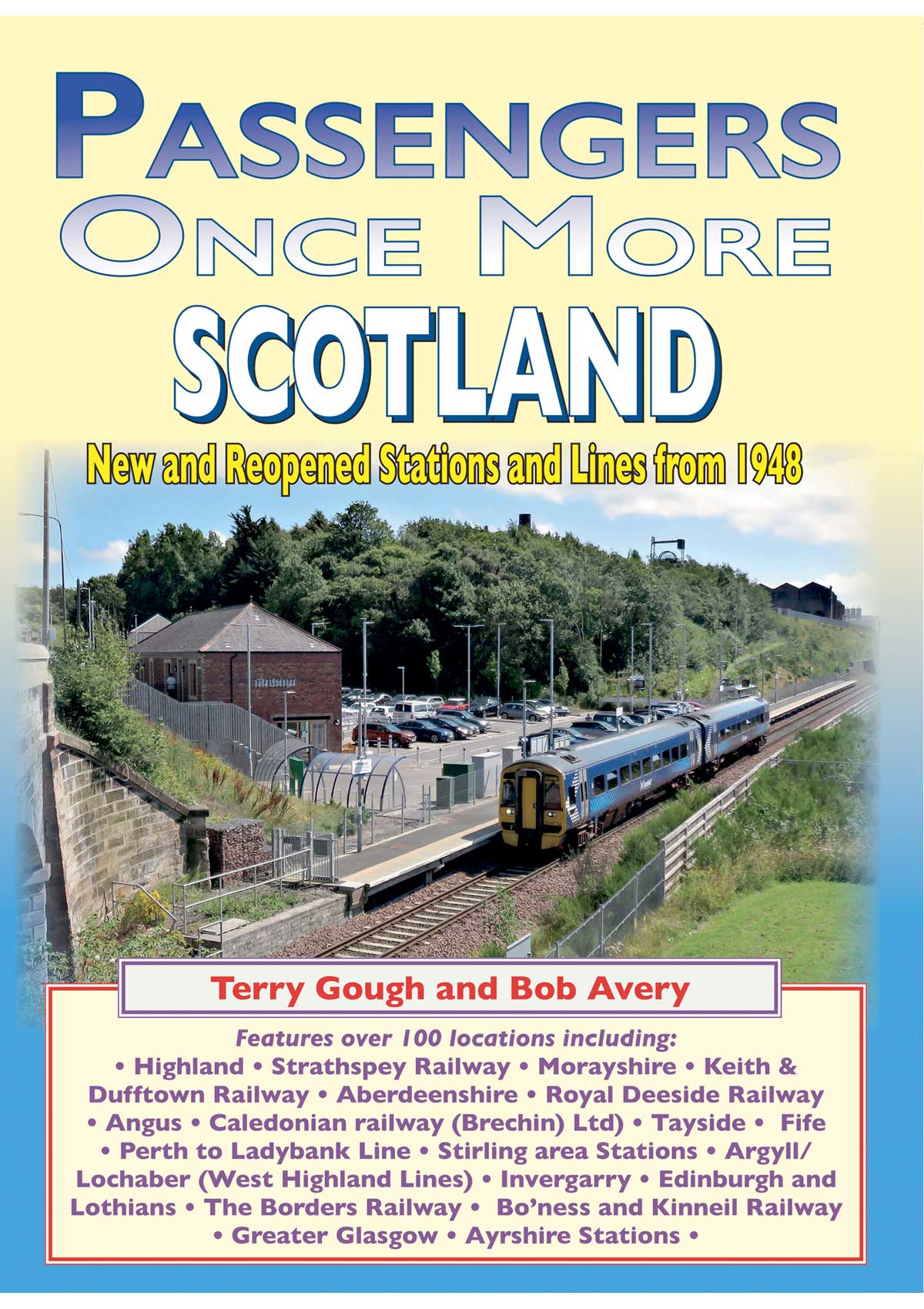Changing Trains
By Gary Hatcher
The UK railway scene is currently undergoing a dramatic change, as poignant for the many who have engaged with it in recent years as was the transitional period of the 1960s when steam gave way to diesel and electric. With hundreds of new trains finally coming into service we are witnessing the beginning of the end for the second generation of DMUs and EMUs, and faces and numbers that had become familiar friends are once more finding their way to the scrapyards, to the regret of thousands of enthusiasts and spotters who have followed them over the years. But despite this, the railway remains a vital and fascinating refuge, full of interest for new generations of railway children to whom a 'Deltic' or a 'Royal Scot' may be an exciting curiosity, but may not necessarily be as essential as copping a Nova 3, or getting that last Class 150/1 for haulage. The railway didn't end in 1969, any more than it did in 1948 or 1923, or indeed 1993. It's just changed a bit and moved on, and it takes very little effort of will to move with it.
The articles and photographs presented here are snapshots taken over the last few years from a collection I started building to record the transition from second to third generation, and are intended to convey my love of, and enthusiasm for, the subject matter, something I encounter on platform endings and at lineside locations wherever I go.

